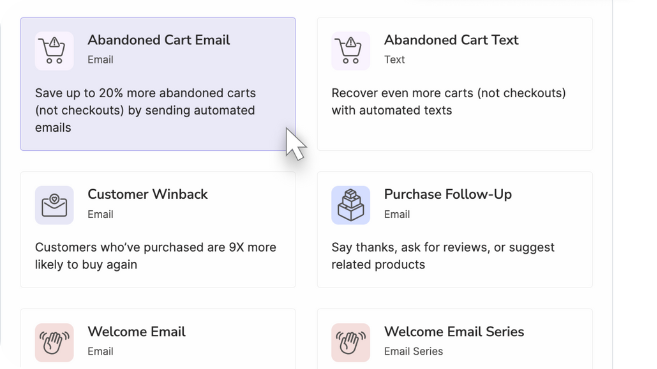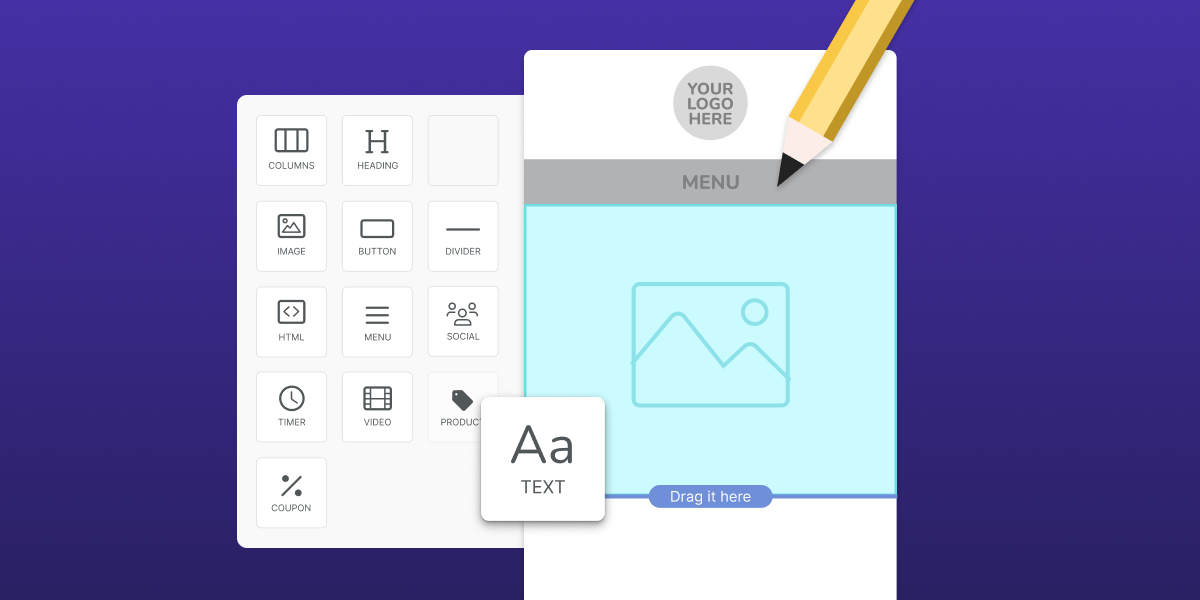What is a Hashed Email and Why Should Marketers Care?
2 min read time
Published on Aug 11, 2015
Written by Admin Privy
In the email marketing world, we live and die by our data. The successfulness and ROI of our marketing strategies depends upon the quality of our data. The more we know about the subscribers on our email lists, the more personalized our offers become and the higher our engagement rates climb.
I don’t need to lecture you on the importance of data because, like me, you’re glued to your dashboards and your analytics every day. But, I do want to let you in on a big trend that has the potential to change the industry and supercharge your email marketing efforts: hashed email data.
Get our best content on ecommerce marketing in your inbox 2 times a week
What is email hashing?
Email hashing is a cryptographic function, which is a fancy way of saying it’s a method of coding an email address for privacy. A hashing algorithm transforms email addresses into hexadecimal strings, so each email becomes an unrecognizable jumble of numbers and letters. This code cannot be traced back to the email address, but the behaviors attached to the email address are recorded. In other words, a hashed email can be used to obtain data about an individual’s online behavior without marketers obtaining the email address.
Because many sites require users to sign-in using their email addresses, and because consumers rarely change their email addresses, an email address becomes a digital passport. Email hashing allows marketers to obtain useful consumer data on their subscribers without compromising their customers’ privacy.
What’s the difference between hashed emails and cookies?
If you’re thinking the concept of hashed emails sound an awful lot like cookies, it’s because it is. Like cookies, emails can be used to track a consumer’s activity on the web. This data can then be used to serve up relevant content — like display ads — in the right place, and at the right time.
The difference between the two, however, is that cookies don’t work across multiple devices. And, in a world where the average technology user carries 2.9 devices at all times, tracking only desktop activity simply won’t cut it. Hashed emails, on the other hand, can be used to track cross-device activity.
While I don’t think we’ll be ruling out cookies any time soon, hashed emails are a great complement to cookie tracking.
What’s next?
Email hashing is nothing new, but these advanced applications mean the golden age of email is far from over. In fact, the heyday of email may have just begun. By utilizing the power of hashed emails, you can obtain the data you need to create highly engaging campaigns and improve your ROI.
This post is written by Phil Davis, Chief Business Officer at TowerData. TowerData makes it easy for marketers to access the data they need to better engage the customer behind the email. With its suite of services, TowerData enriches, cleans and expands email lists via a real-time API or automated file processing.
Subscribe for Updates
Get our best content on ecommerce marketing in your inbox 2 times a week.
Written by Admin Privy
Subscribe for Updates
Get our best content on ecommerce marketing in your inbox 2 times a week.


.jpg)






